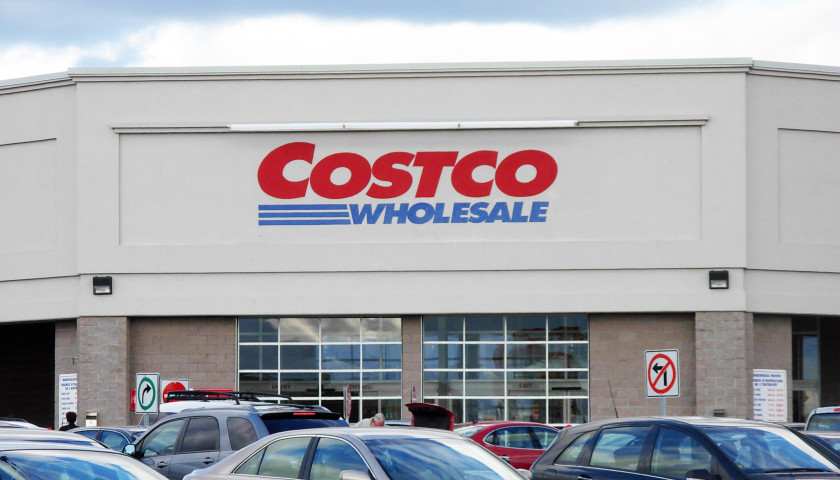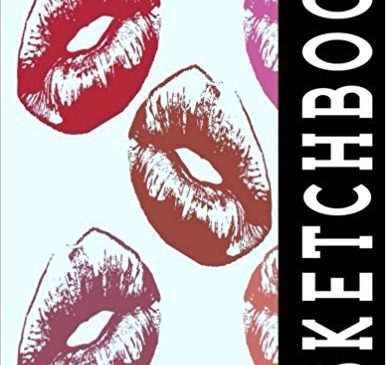Costco Wholesale Corporation is the largest membership warehouse club chain in the world, and headquartered in Issaquah, Washington, United States, with its flagship warehouse #1 in nearby Seattle.
Costco History
Costco’s first location, opened in 1976 under the “Price Club” name, was housed in a Quonset hut in San Diego. Its unique model of serving primarily small-business owners proved very successful, prompting James Sinegal and Jeffrey Brotman to open the first Costco warehouse location in Seattle. This new venture proved very successful; Costco became the first company ever to grow from zero to $3 billion in sales in less than six years.
In 1993, Costco and Price Club merged, forming “PriceCostco.” The combined company had 206 locations generating $16 billion in annual sales and created the company’s current structure. Costco’s web site was first introduced in 1995, and it started conducting e-commerce in 1998 at Costco.com.
In 1997, PriceCostco changed its name back to Costco, under which the company currently operates. Costco has also changed the site of its corporate headquarters from the city of Kirkland, Washington, to Issaquah.
Costco Today
As of July 2005 Costco has 456 locations:
- 336 in the United States and Puerto Rico,
- 65 in Canada,
- 25 in Mexico,
- 16 in the United Kingdom (1 additional store opening soon),
- 5 in South Korea,
- 5 in Japan, and
- 4 in Taiwan.
Costco employs about 103,000 full- and part-time employees, and for fiscal year 2004, ended in August, the company’s store sales rose 13% to $47.1 billion. Costco’s closest competitor, Wal-Mart-owned Sam’s Club, has two hundred more stores than Costco, yet routinely earns more than $1 billion less in revenues each year.
As of 2005, Sinegal and Brotman act as Chief Executive Officer and President and Chairman, respectively.
Costco Sales Model
Costco’s success is a result of its focus on selling products at low prices, often at very high volume. These goods are usually bulk-packaged and sold primarily to large families, small businesses and small business owners’ families. As a warehouse club, Costco is open to only members and their guests. Memberships must be purchased in advance; the cheapest membership costs $45 for one year.
Costco is able to charge sometimes astonishingly low prices by keeping overhead low, returning savings to consumers. In fact, many senior executives, including Costco’s CEO, use office furniture that was purchased from the Boeing Company when Costco was started. Costco doesn’t have a public relations department either, believing it is unnecessary. The corporate jet is not used unless it is filled to capacity. The company’s warehouses are sparsely decorated, with the exception of colorful marketing banners.
Most products are delivered to the store on shipping pallets, and the pallets are used to display products for sale on the retail floor. This contrasts with other retailers who take the additional trouble to break down pallets and stock individual products on shelves. Costco caps its profit margin on most products at 14% and allows itself slightly higher margins only on its Kirkland Signature store brand (a name derived from its previous headquarters in Kirkland) with a strict 15% profit limit.
Besides frugality, Costco is also famous for its idiosyncratic inventory practices. Unlike many retailers, stores do not maintain a full range of every product type and every major brand within each product category. Rather, stores carry only a few very popular product categories and selected products within each category.
Costco concentrates more on overall value than the lowest possible price for its product range. Many of the products it stocks are high quality at a reasonable cost instead of inferior quality at a low price.
In some product categories, the company does not rotate products often, so customers can expect certain brands of snacks or beverages to be in stock indefinitely. In many other categories the company constantly seeks the best deals currently available, so products will appear and disappear over short periods of time. This encourages consumers to regularly visit their local warehouse for surprise deals.
Since Costco has such high sales volume and rapid inventory turnover, it is able to receive cash from the sale of a large portion of its inventory before it has to pay back its suppliers. This use of float is a major advantage in its own right; Costco is essentially borrowing money from their suppliers with no interest.
Costco Products
Over the years, Costco has gradually expanded its range of products and services. Initially it preferred to sell only boxed products that could be dispensed by simply tearing the shrinkwrap off a pallet. It now sells many other products that are more difficult to handle, such as fresh produce, meat, seafood, fresh baked goods, flowers, clothing, books, software, home electronics, jewelry, art and furniture. Many stores have tire garages, pharmacies, optometrists and gas stations.
Costco has a very generous product return policy that allows customers to return most products indefinitely. Unlike other stores, Costco allows returns of opened media. Many people take advantage of this with DVDs, software and other media. Buyers effectively “rent” the product temporarily by buying and later returning it for a refund. Computers, which most retailers loathe to accept for a refund, have a six-month return period. Even the membership fee is fully refundable at any time.
Finally, Costco is well known for its hot dog stands. These began as stand-alone impromptu arrangements outside of warehouses but are now built directly into current warehouses as actual mini-restaurants. As a matter of fact, the price of the hot dog and soda is still the same price as it was when they first opened, $1.50. The company has added other types of food, such as pizza, pretzels and ice cream.


![Fashion Looks for Christmas [Video] Fashion Looks for Christmas [Video]](https://www.couponsdigest.com/wp-content/uploads/2017/08/Walmart-back-to-school-supplies.png)
![Plus Size Clothing Haul [Video] Plus Size Clothing Haul [Video]](https://www.couponsdigest.com/wp-content/uploads/2017/07/OldNavy.com-Back-To-School-Supplies-600x365.png)
